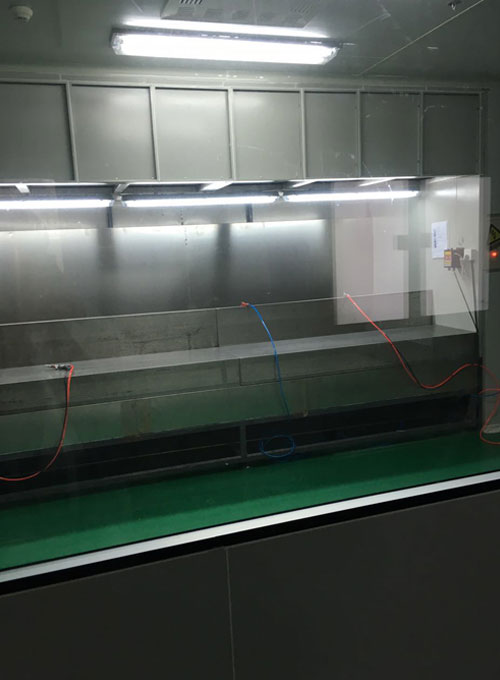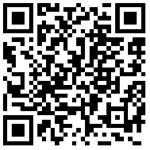Where should the laboratory pay attention to fire prevention
Date:2019-02-21 Author: Click:
Main Causes of Laboratory Fire
According to the investigation results of fire incidents in the laboratory,
Fires caused by electrical equipment accounted for 21%.
The improper use of flammable solvents accounted for 20%.
Fires caused by various blasting events accounted for 13%.
Flammable gas or spontaneous combustion accounted for 7% and 6% respectively.

Between which:
71% of the incidents are caused by careless operation and misoperation of lab operators.
56% of the fires occurred between 6 p.m. and 6 a.m.
89% of the incidents are due to the lack of necessary rescue equipment, unable to timely remedy the source of life, and then become a serious disaster.
1 Laboratory Fire Caused by Flammable and Explosive Dangerous Goods
In the laboratory, all kinds of chemical dangerous goods are widely used and there are many kinds. Some of these articles are flammable, some explosive, some spontaneous combustion, and some of them can ignite or explode if they touch each other. In storage and operation, a little carelessness may turn them into fire incidents.
2. Fire caused by open fire heating equipment
Gas lamp, alcohol lamp or alcohol blowout lamp, electric oven, electric furnace, electric soldering iron and other heating equipment are often used in the laboratory, which increases the fire risk of the laboratory.
In the heating process of gas lamp, if gas leaks, it is easy to form explosive mixture with air.
Alcohol is evaporative and flammable, and its vapor can explode in the air.
If the electric oven runs for a long time, it is easy to show the faults of the control system. The calorific value increases and the temperature rises, which constitutes the spontaneous combustion of the baked material or the combustible near the oven.
If a laboratory has power failure due to electric oven, there is no power cut-off, and the oven is continuously powered on for several hours without management. In addition, the failure of temperature control equipment caused a serious fire by burning the combustible materials near the oven.
The reasons for the fire of the heating furnace are: the flammable vapor overflowing from the heated material touches the thermal resistance wire; or the flammable material falls on the resistance wire after the container breaks down; or the insulation is damaged, the line is short-circuited after dampness or the contact is not touched properly, sparks occur, causing the flammable material to ignite. In the meantime, the heat source of the high-temperature electric furnace easily ignites the combustibles around it.
3. Fire caused by electrical equipment
Electrical faults are one of the important causes of fire. Chemical laboratories use many kinds of electrical equipment. Electrical equipment suffers from overload, short circuit, broken wires, loose contacts, poor touch, insulation decline and other faults. Electrical heating and sparks will occur and ignite the surrounding combustibles.
4. Fire caused by violation of operating rules
The typical operations such as distillation, reflux, extraction, recrystallization and chemical reaction often carried out in laboratories are characterized by great danger. If the operator has no experience, no preparation before operation, unskilled operation or violation of operating rules, not listening to dissuasion or guidance of unauthorized private operation, etc., it is easy to cause fire and explosion incidents.
Technical Measures for Fire Safety
Strict implementation of operating procedures
Strict implementation of operating rules is the most basic and reliable way to do a good job of laboratory fire prevention work. First of all, the laboratory should establish scientific safety operation rules for test based on the nature of various kinds of tests and the stacking experience. The experimenter should know the nature of the substance used, the influencing factors and the correct way to deal with the matter; understand the structure, performance, safe operating conditions and protection requirements of the instrument, and operate strictly according to the rules. In order to modify the rules in the experiment, it must be scientifically proved by a small amount of experiments, otherwise it can not be changed.
Fire Protection Requirements for Flammable and Explosive Dangerous Goods in Operation
Operate and pour flammable liquids away from fire source. Dangerous, such as ether or carbon disulfide operation, should be carried out in the ventilator or protective cover, or set up steam recovery equipment.
If dangerous operation can eject flame, corrosive substances, poisons, explosives, the container mouth should be directed to no one's place. When opening the reagent bottle, the mouth of the bottle should not be opposite to the human body; if the room temperature is too high, the bottle body should be cooled first.
Yellow phosphorus, metal potassium, nano, aluminium hydride files, sodium hydride and other spontaneous combustion materials should be operated in the fire protection laboratory if the quantity is large. Potassium and sodium should be avoided from touching water and halogenated alkanes when operating.
Long-standing organic compounds such as ethers, conjugated olefins and other substances are easy to absorb oxygen in the air and produce explosive peroxides, which need special treatment before they can be used.
Touch can cause flammability and explosion of the nature of incompatible substances, such as oxidants and flammable substances, shall not be grinded together. Na and K peroxide shall not be weighed on paper.
In distillation or reflux tests, boiling AIDS (zeolite, plain ceramic or capillary of suitable length, etc.) must be pre-placed. To prevent the addition of boiling aids to near-boiling liquids, the heat source should be removed first, and then added after the liquid is cooled, so as to avoid many liquids from ejecting fire from the mouth of the bottle. When distilling many flammable liquids, it is advisable to use dropping funnel continuously to add people, avoid using large distillation bottles, in order to reduce the risk of combustion. When the required fraction is distilled, distillation should be stopped to avoid drying and flask burning.
When recrystallizing with flammable solvents, steam bath, liquid bath or hermetic electric heating plate should be used to heat them. They should be filled in conical bottles and beakers should not be used.
Special receptacles shall be set up to collect waste liquor and waste, and shall not be discarded into waste tanks or sewers, so as to avoid incidents of ignition and explosion. If splashes occur, they should be absorbed with paper towels and treated properly.
Fire protection requirements in decompression operation
Vessels used in vacuum systems shall have the strength and thickness to be satisfied, and the material shall be uniform. In vacuum distillation, round-bottomed flasks should be used as receivers. Flat-bottomed flasks or conical flasks should not be used for distillation to avoid bursting. The consolidation order of flasks is round bottom flask > flat bottom flask > conical flask.
When vacuum operation is carried out, air-defense equipment should be carefully guarded against the sudden influx of air into people's heat to cause explosion. Vacuum pump should be connected with safety bottle with one-way valve or two-way switch. Air filling equipment should be filled through safety bottle. After pressure balance in the system, the power supply of vacuum pump should be blocked.
When vacuum is pumped, capacitance

 13917381936
13917381936
